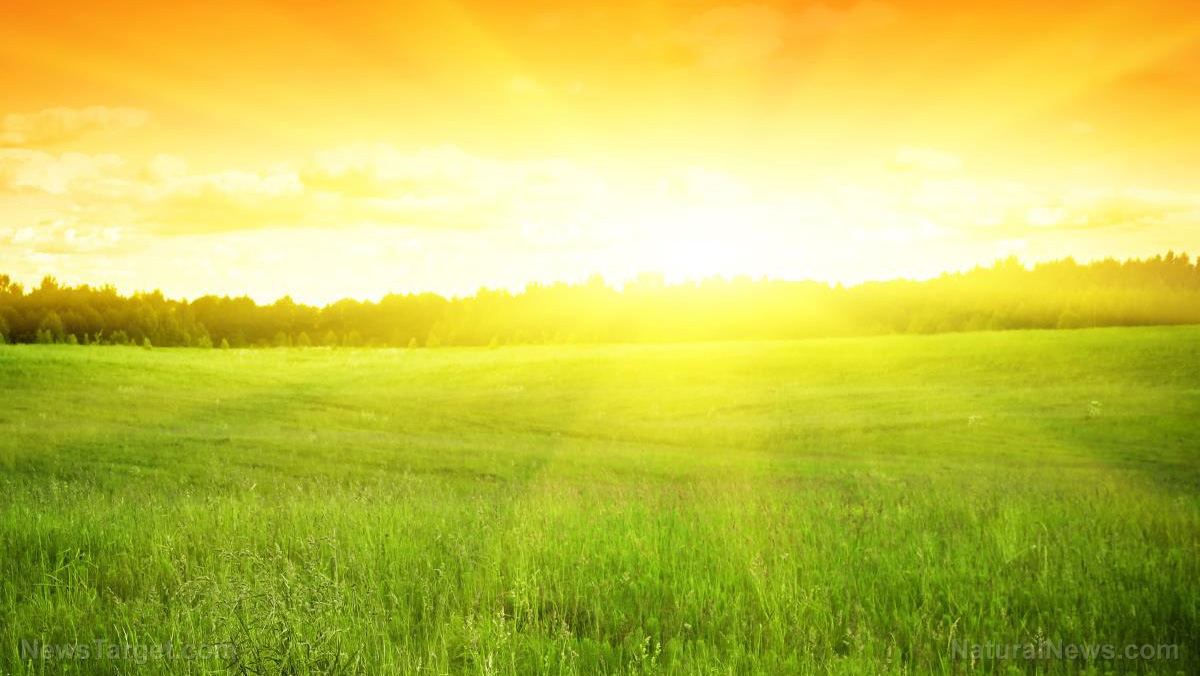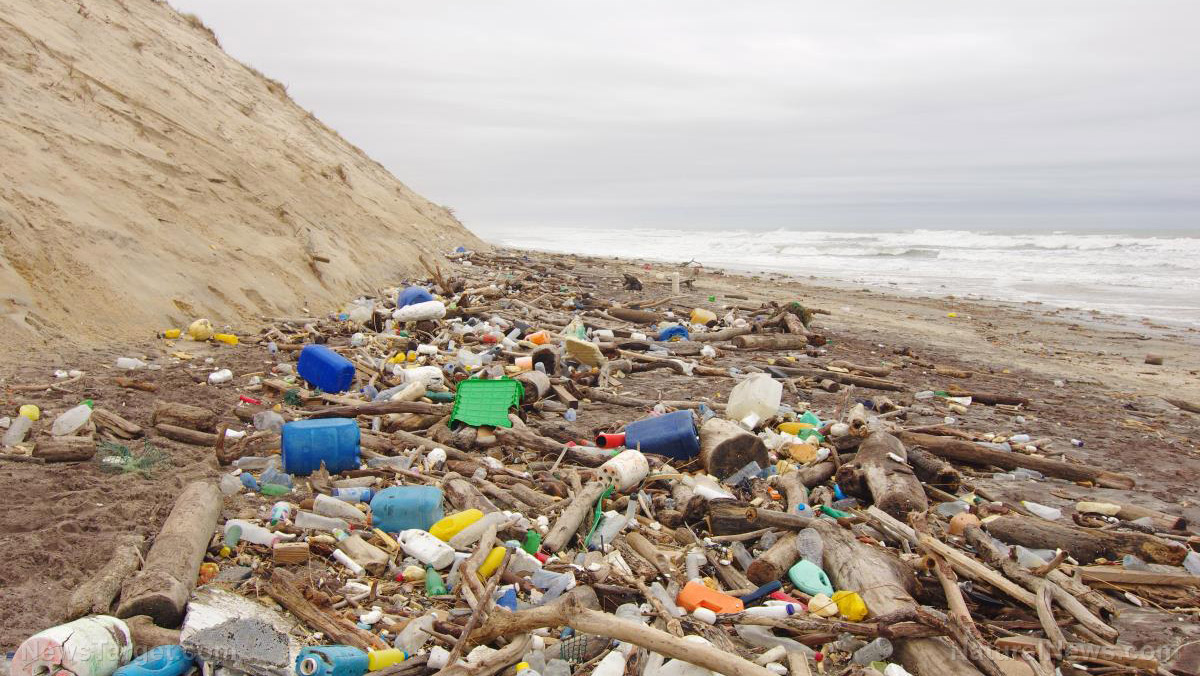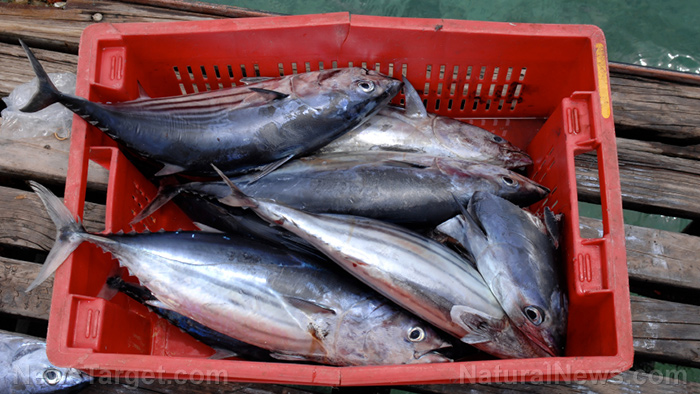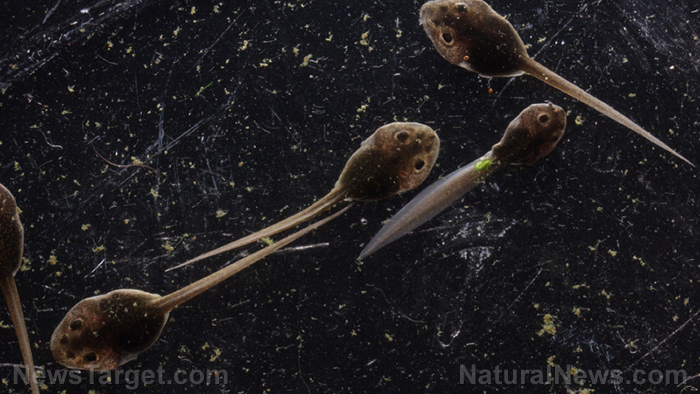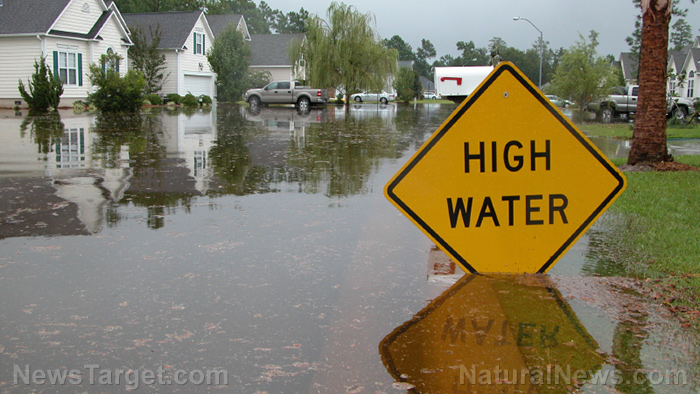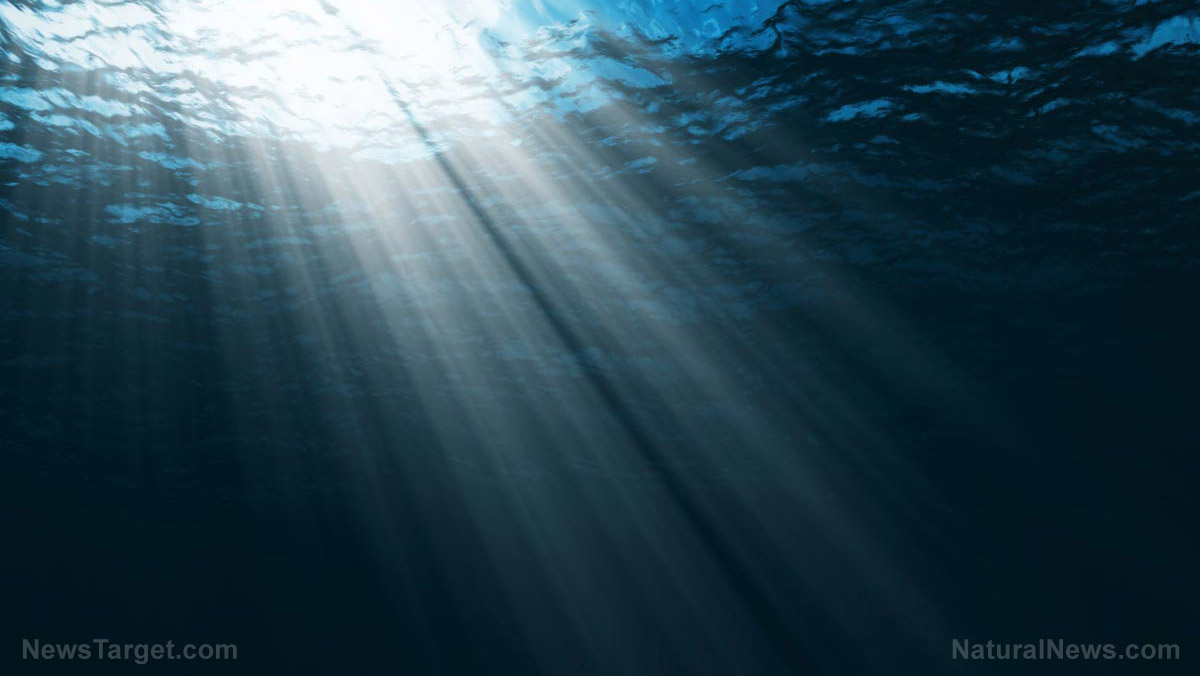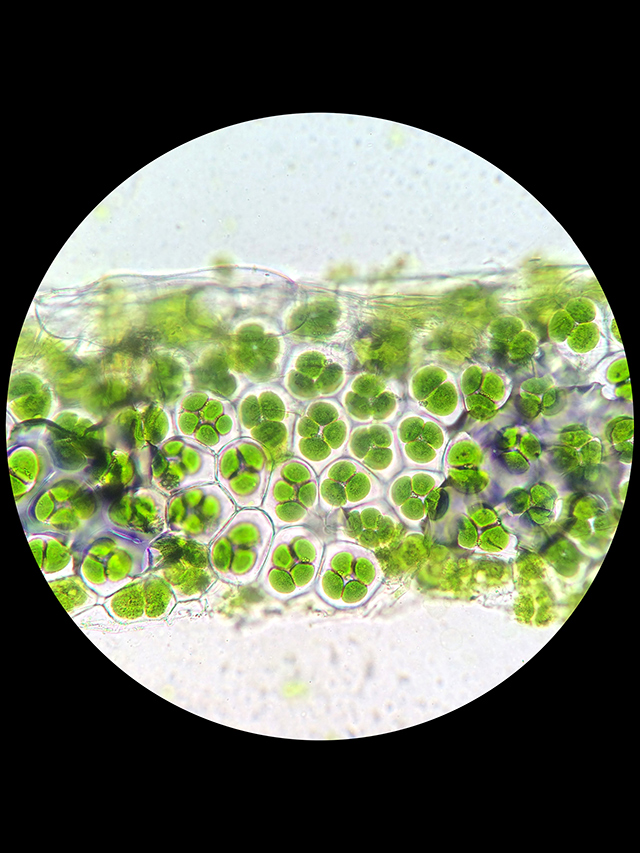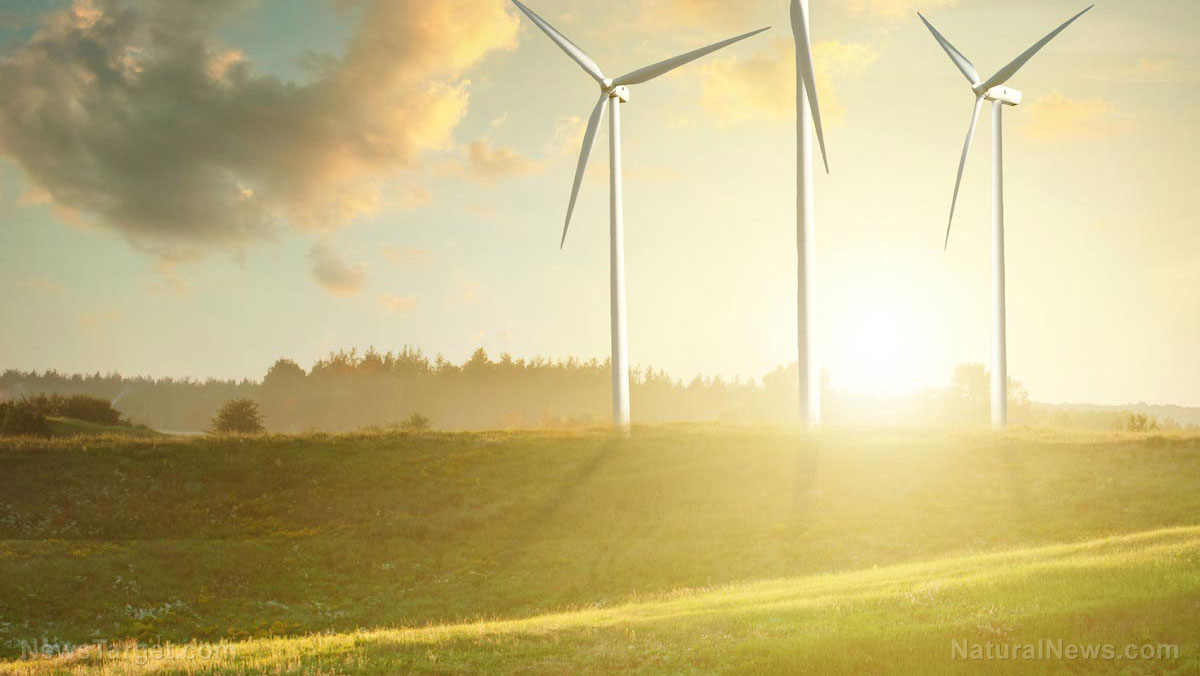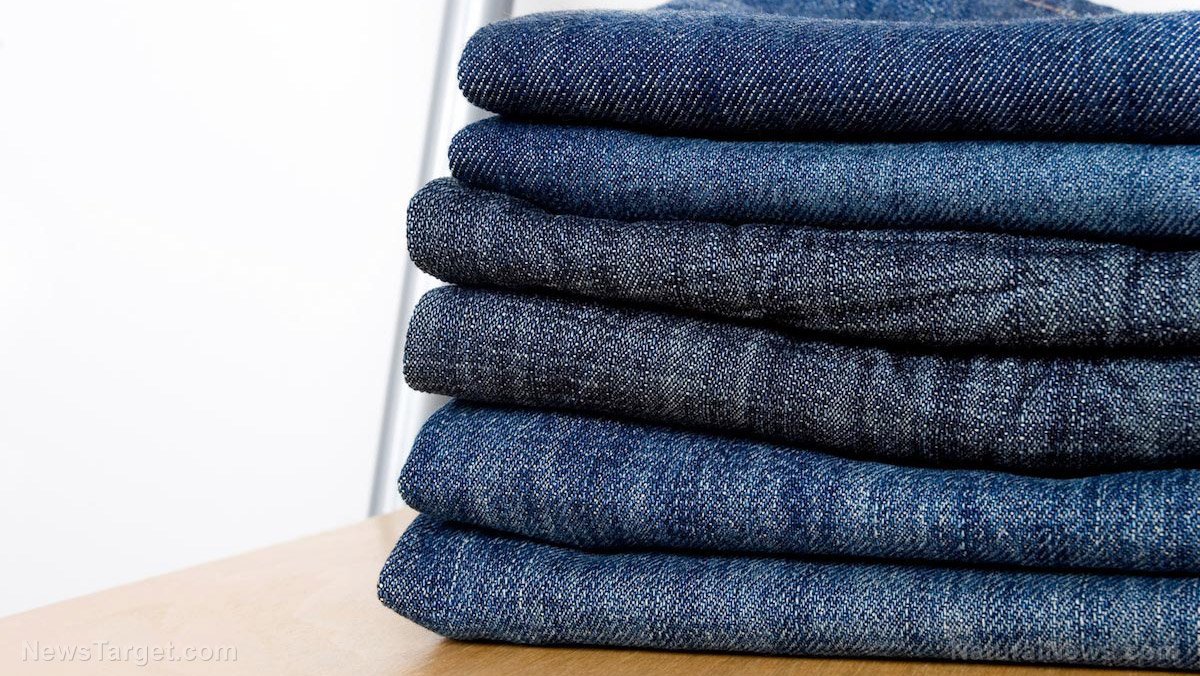The U.S. Department of Natural Energy (DOE) has bestowed a $10.5 million grant on a New Mexico-based research and development laboratory. In return, the researchers will come up with a cheaper and better version of an existing utility-scale solar power system, an article in News Wise states.
Sandia National Laboratories (SNL) will be refining “concentrated solar power” technology. This method uses a large array of mirrors to redirect sunlight onto a receiver at the top of a tower.
The heat of the concentrated sunlight will be absorbed by the receiver. It can either be used in a heat exchanger to produce electrical power, or stored within the material of the receiver – which can be a solid, liquid, or gas – for later use.
Concentrated solar power systems are more versatile than conventional counterparts. They use heat to generate electricity, so they can produce renewable energy even when there is no sunlight. They also do not need batteries to store electrical power.
The typical example can heat its receiver to 1,049 degrees Fahrenheit (565 degrees Celsius) or more than five times the boiling temperature of water. (Related: Solar power for the whole world could be generated from a relatively small patch of land, says report.)
New SNL technologies will see use in concentrated solar power system design
SNL’s job is to improve this maximum temperature capacity by at least 200 additional degrees. Higher heating temperatures (a minimum of 700 F/700 C) would translate to greater efficiency and reduce the cost of electricity produced by the concentrated solar power method.
The New Mexico-based lab is in charge of one of the three competing teams tapped by the DOE’s Solar Energy Technologies Office. All three teams are designing high-temperature concentrated solar power systems with integrated heat storage.
SNL is planning to use tiny ceramic particles to absorb and store the heat from the concentrated sunlight. The laboratory will be leveraging its recent work on high-temperature falling particle receivers.
A falling particle receiver can increase the heat of a concentrated solar power system. SNL developed the first such receiver in the world; its researchers will improve and integrate that prototype system into a working pilot plant.
“We have demonstrated a prototype for the continuously circulating falling particles, and now we are adding six hours of storage, a 1-megawatt heat exchanger, and a particle lift to demonstrate the entire thermal system,” reported Cliff Ho, the lead engineer on the SNL project. “We believe particles are the best option for going to higher temperatures for advanced power cycles. The particles are inexpensive, durable and non-corrosive. They can be stored directly, they don’t freeze and they can reach temperatures over 1000 C.”
DOE wants cheaper and more efficient solar power
The two-year long DOE project will consist of three phases. During the first phase, SNL will design and analyze the important parts of its pilot plant. It will also try to reduce the risks of the brand new falling particle and concentrated solar power technology.
Ho said his team will focus on keeping the loss of heat and particles from the receiver to a minimum. They are also looking for a particle storage system and a particle-to-working-fluid heat exchanger that can meet the utility-scale needs of their pilot plant. SNL will also make sure the designs meet the DOE’s cost and performance requirements.
In the second phase, the SNL team and its two competitors will present their final proposals for the pilot plant. The DOE will review the three proposals before selecting a winner.
The third phase involves turning the paper design into a working model. The winner will get up to $25 million to build the pilot plant.
Learn more about the latest solar power technologies at Power.news.
Sources include:
NewsWise.com
Energy.Sandia.gov

